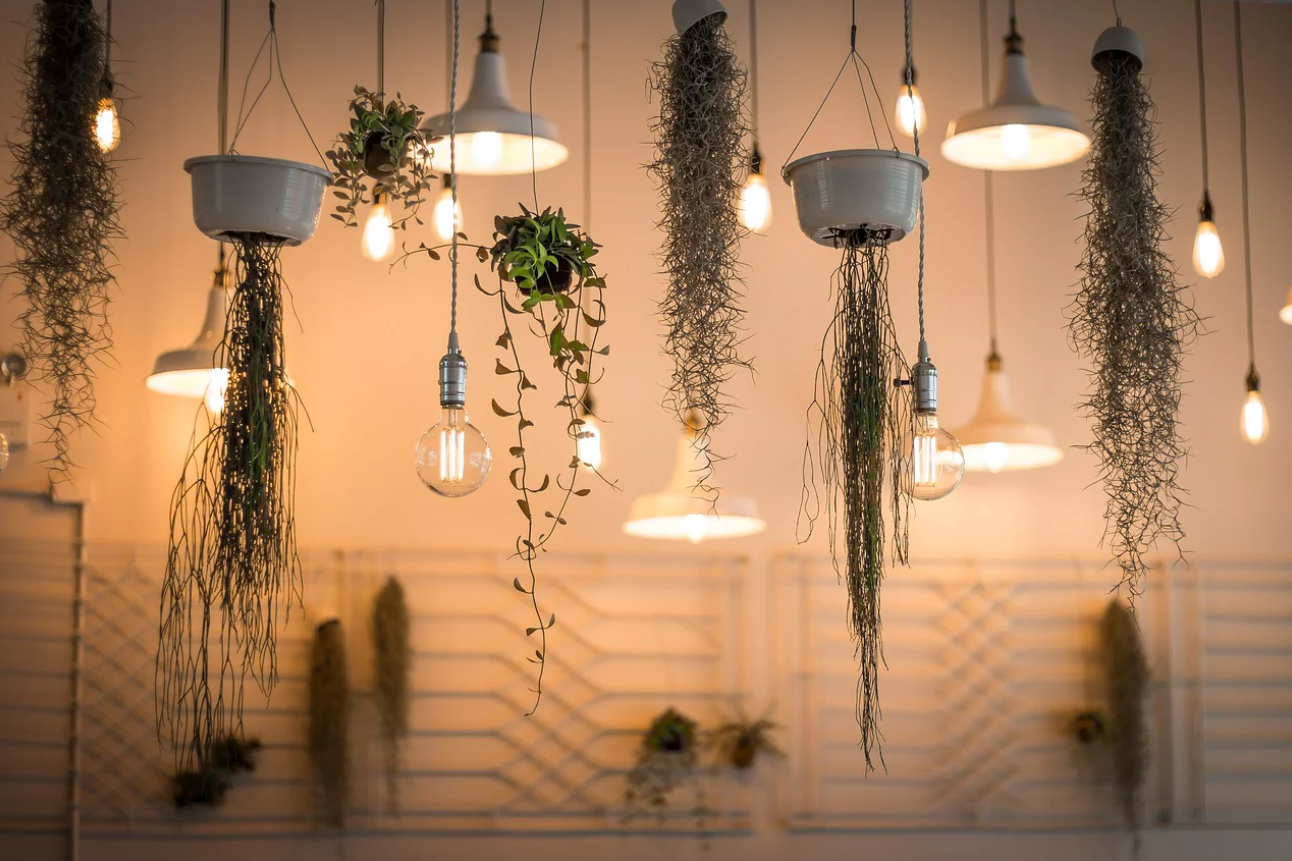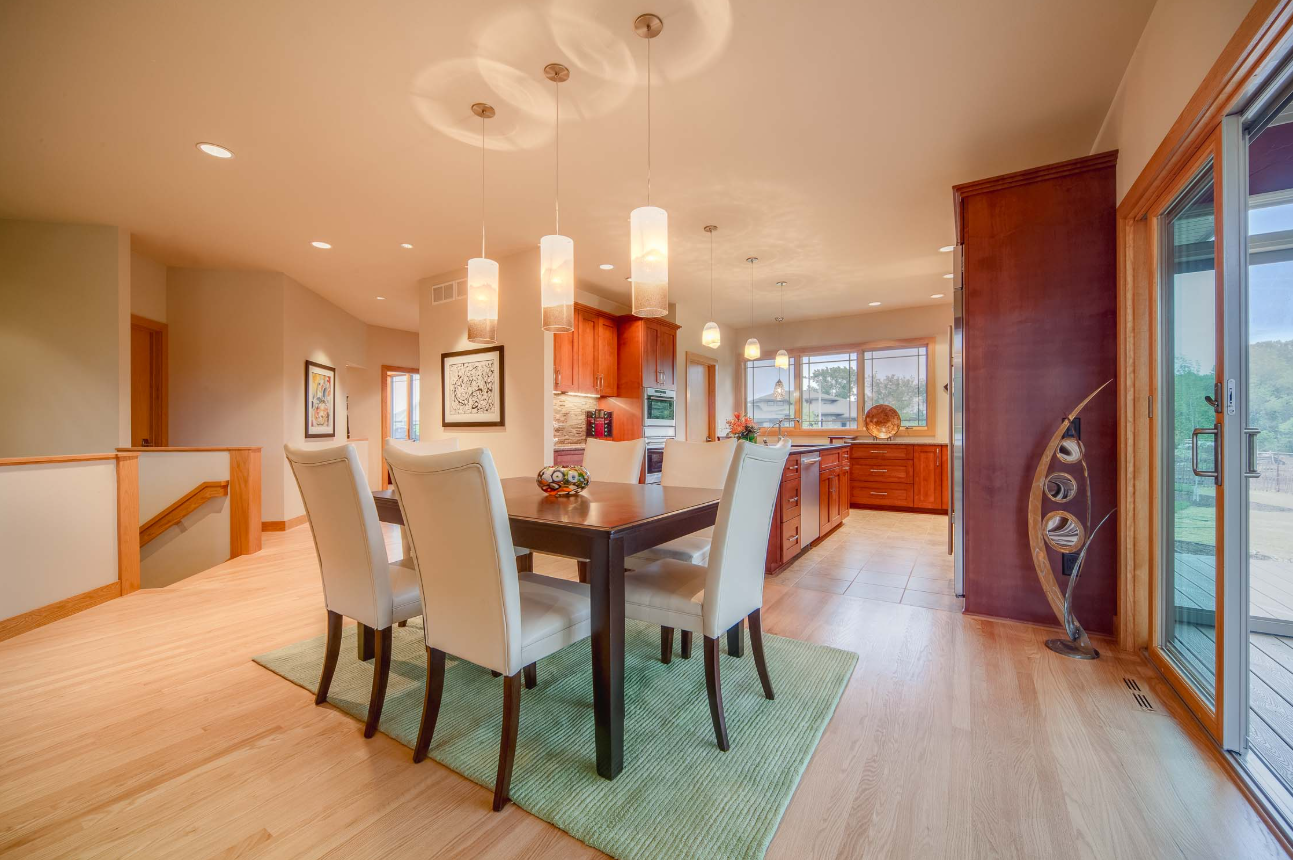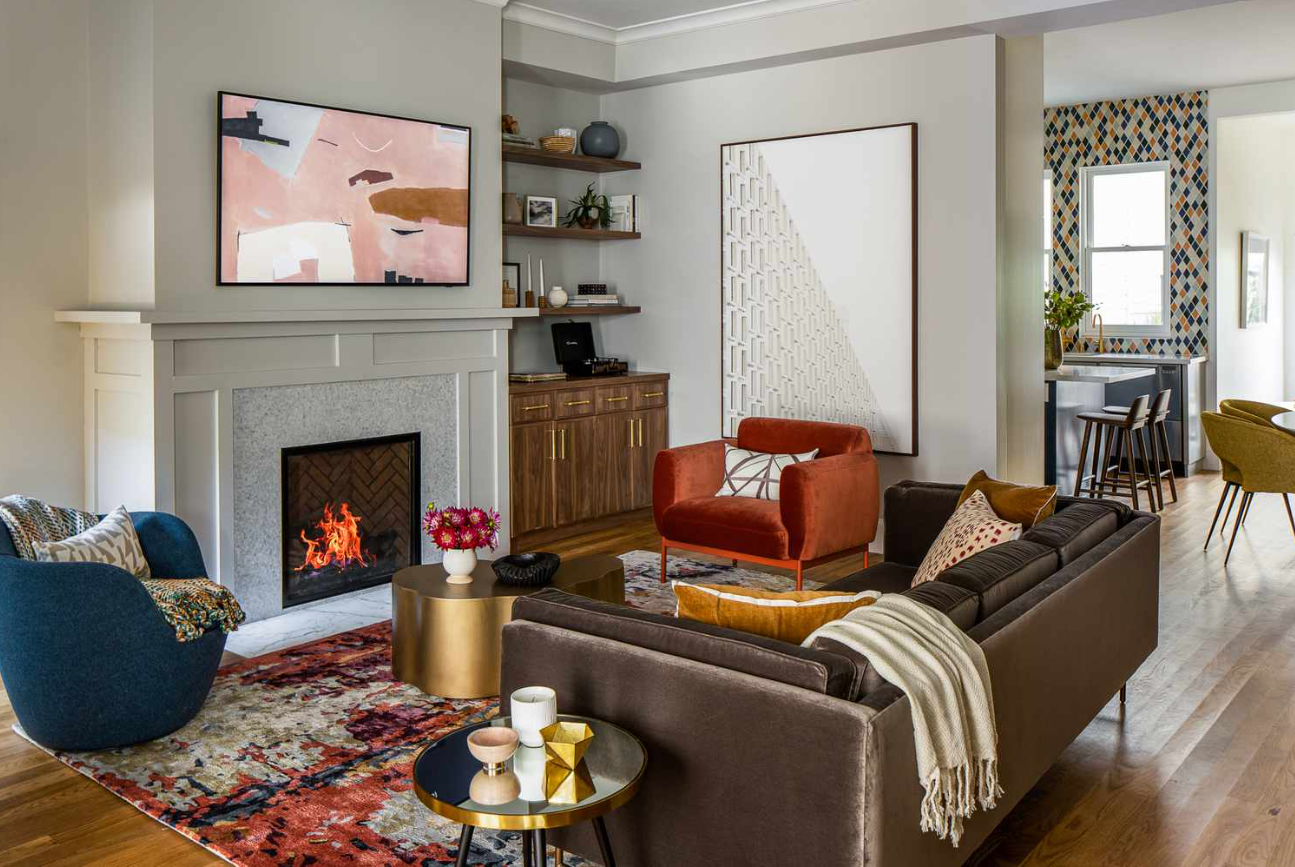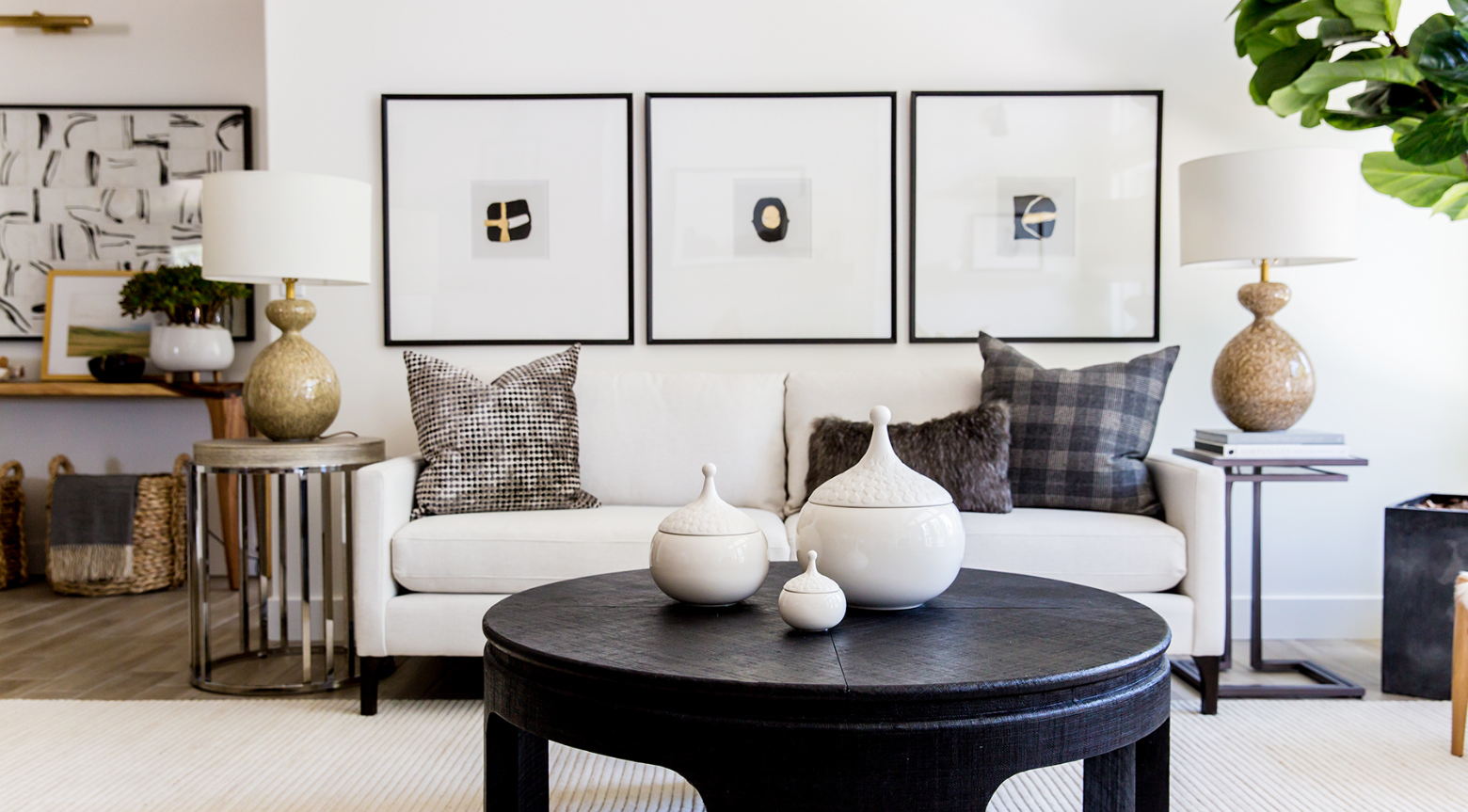Layering Light: The Art and Science of Illumination
Layering light is a sophisticated approach to interior illumination that transforms spaces from mundane to magnificent. By strategically combining different types of lighting, you can create environments that are both functional and aesthetically pleasing, adapting to various needs throughout the day.

Understanding Light Layering
The art of layered lighting involves incorporating multiple light sources to achieve a well-balanced and visually appealing ambiance. This technique adds depth and dimension to spaces that would otherwise feel flat and uninspiring.
- Ambient Lighting: Provides general illumination necessary for everyday activities, such as chandeliers and recessed lighting.
- Task Lighting: Offers focused illumination for activities like reading and cooking, using desk lamps or under-cabinet lights.
- Accent Lighting: Adds drama and highlights architectural features or artwork.

Advanced Layering Techniques
Enhance your lighting design with vertical, horizontal, and depth layering to add visual interest and dimension to your space.

Room-Specific Applications
Living Areas
Combine central ambient lighting, reading lamps, wall sconces, and decorative table lamps for a versatile lighting design.
Kitchen Spaces
Incorporate overhead lighting, under-cabinet lighting, pendant lights, and accent lighting for a fully functional kitchen.
Bedrooms
Create a relaxing atmosphere with ambient lighting, bedside reading lamps, accent lighting, and dimmable options.

Benefits of Layered Lighting
- Enhanced Functionality: Adapt spaces for different activities and times of day.
- Visual Interest: Add depth and dimension to avoid flat, uninspiring lighting.
- Mood Control: Adjust lighting layers to suit the desired ambiance.

Implementation Tips
Plan your layout, choose fixtures that complement the room’s function and aesthetic, and consider consulting professionals for optimized results.

Common Mistakes to Avoid
- Over-Illumination: Balance layers to prevent excessive brightness.
- Inconsistent Color Temperatures: Use uniform bulb color temperatures for harmony.
- Neglecting Controls: Invest in quality dimmers and switches for better control.

Future Trends
The future of layered lighting includes smart lighting systems, energy-efficient LEDs, automated controls, and biodynamic lighting options.
Conclusion
Layered lighting represents a fundamental approach to creating spaces that are beautiful and functional. By understanding and implementing these principles, you can transform any room into a welcoming environment that adapts to your needs throughout the day while maintaining visual interest and comfort.